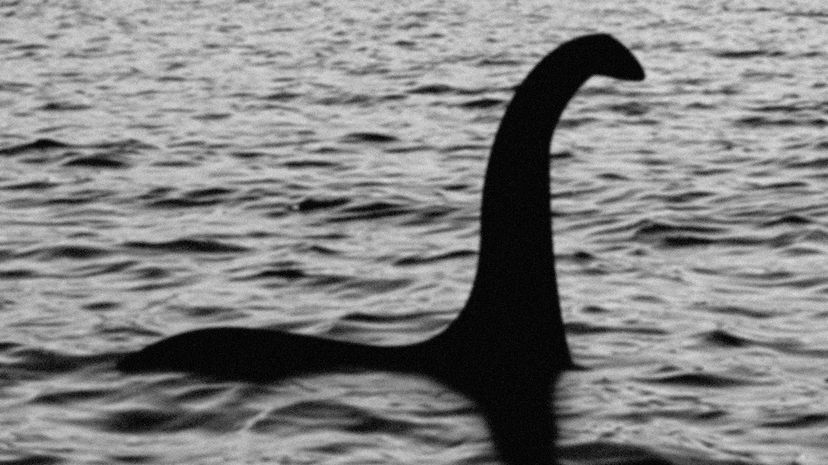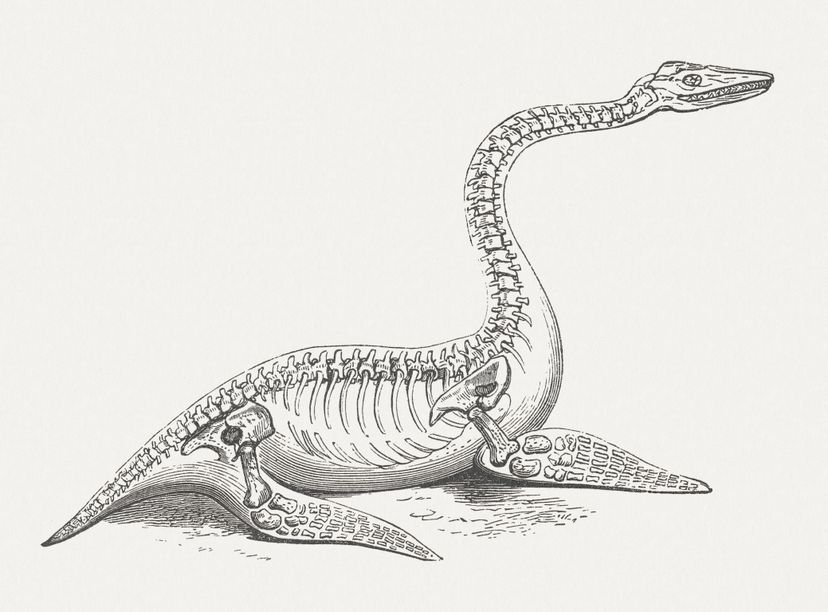The first claimed sighting of the Loch Ness monster that gained widespread attention occurred in 1933 when Margaret and George Spicer reported seeing a large creature with a long neck and humps crossing the road near the loch. Their account in the Inverness Courier garnered significant media coverage, sparking public interest and speculation about the existence of such a creature.
People continue to report Loch Ness monster sightings, but all accompanying photos and videos have been soundly debunked. Additionally, advancements in sonar technology, underwater cameras and DNA sampling have been employed in systematic searches of Loch Ness, hoping to gather concrete evidence of the creature's existence or absence.
Despite the many eyewitness accounts, there is no proof that that Loch Ness monster exists. Here are three of the most famous reported sightings.
The Surgeon's Photograph (1934)
Robert Kenneth Wilson, a London gynecologist, took one of the most famous and controversial photographs allegedly showing the Loch Ness monster. Known as the "Surgeon's Photograph," the image depicts a small head and long neck emerging from the water. While it gained significant attention and was widely published, it was later revealed to be a hoax.
The Dinsdale Film (1960)
Filmmaker Tim Dinsdale captured footage of a large object moving through the water of Loch Ness. This film, known as the "Dinsdale Film," shows a dark shape with a hump visible above the water's surface. It remains one of the most notable pieces of evidence in support of the Loch Ness monster's existence.
The Holmes Video (2007)
Gordon Holmes captured video footage of a large, dark shape moving in the water while he was observing Loch Ness from his home. The video gained attention due to its clear imagery and the witness's credibility. However, like many sightings, it remains unverified and subject to interpretation.

